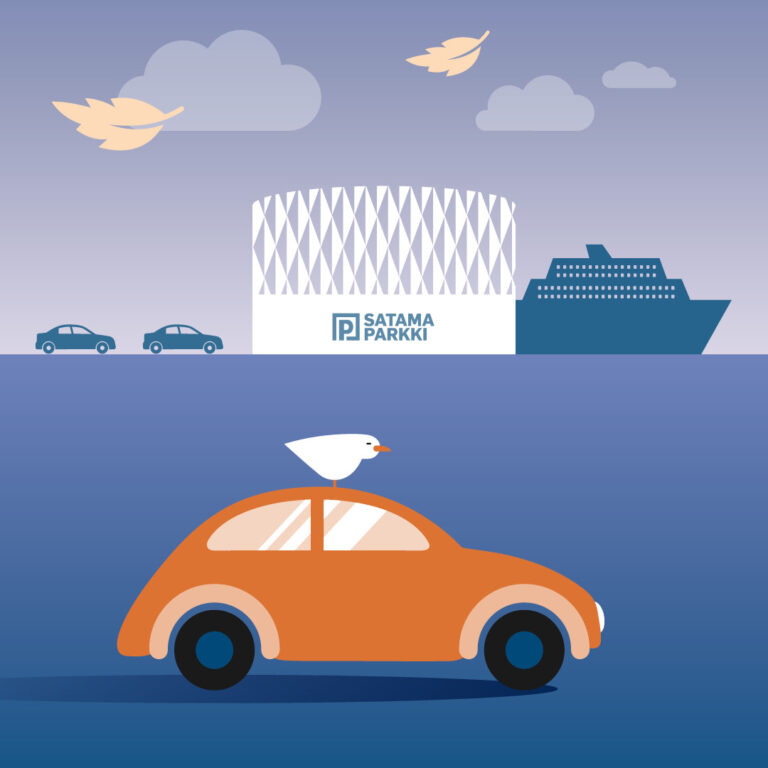The concentrations of air pollutants are currently low in Helsinki’s harbours

The concentrations of air pollutants in Helsinki’s harbors are currently low according to HSY’s measurements. This has been influenced by the renewal of the car fleet and the purification of exhaust emissions, as well as the reduction of emissions from maritime traffic. The transition to shore power has also reduced ship emissions in the harbours.
The concentrations of air pollutants measured in the harbors have decreased
In addition to ship emissions, car traffic in the harbour area affects air quality in the harbours. HSY has been monitoring the air quality of Katajanokka Harbour, West Harbour, South Harbour, and Vuosaari Harbour since 2009. The location of the air quality measurement station varies from year to year.
– Both maritime traffic and car traffic emissions in harbour areas have clearly decreased over the past 20 years, and this is also reflected in air quality. For example, there has been a clear decrease in sulphur dioxide concentrations after maritime traffic emission standards were tightened in 2010 and 2015, says HSY air quality expert Saija Korhonen.
In addition to the air quality measurement station, nitrogen dioxide concentrations from exhaust gases are monitored annually with small collectors in West Harbour, South Harbour, and Katajanokka. These measurements have been carried out for almost 20 years.
– In addition to sulphur dioxide, nitrogen dioxide concentrations have also significantly decreased in Helsinki’s harbors over the long term. The halving of nitrogen dioxide concentrations from exhaust gases is due to the renewal of the car fleet and the purification of exhaust emissions, as well as the reduction of emissions from maritime traffic, says Korhonen.
Air quality was measured at Vuosaari Harbour last year
In 2024, the air quality measurement station was located at Vuosaari Harbour. Among other things, nitrogen dioxide, sulphur dioxide, respirable particles, fine particles, and particle number concentrations were measured from the air.
– Air quality has been monitored in Vuosaari previously in 2016. In 2024, the concentrations of all measured air pollutants decreased by about a quarter compared to 2016. The concentrations were below air quality limit values, says Korhonen.
The concentrations of air pollutants in the harbours vary according to the arrival and departure times of ships. For example, in Vuosaari, a clear increase in nitrogen dioxide concentrations can be observed in the morning and evening.
– The concentrations of air pollutants clearly show when ships arrive and depart from the harbours. The concentrations vary according to the rhythm of incoming and outgoing traffic for ships. On weekdays, the concentrations are higher than on weekends, Korhonen explains.
Shore power reduces ship emissions during harbour stays
The first shore power connection at Vuosaari Harbour was put into use in the summer of 2024. Shore power refers to a system that supplies electricity produced on land to a ship in the harbour. More shore power systems are planned for cargo ships at Vuosaari Harbour.
– When a ship arrives at the harbour, it does not need to keep its auxiliary engines running to produce electricity, but it can connect to shore power. This significantly reduces emissions caused during the ship’s stay in the harbour, says Andreas Slotte, Head of Sustainability and HSEQ at the Port of Helsinki.
The first shore power system was completed in 2012 at Katajanokka. The first shore power connections were built in harbours in central Helsinki, where there is residential housing near the harbours. Thus, the reduction of air emissions had the most significant impact on air quality where there are also the most people exposed to air pollutants.


